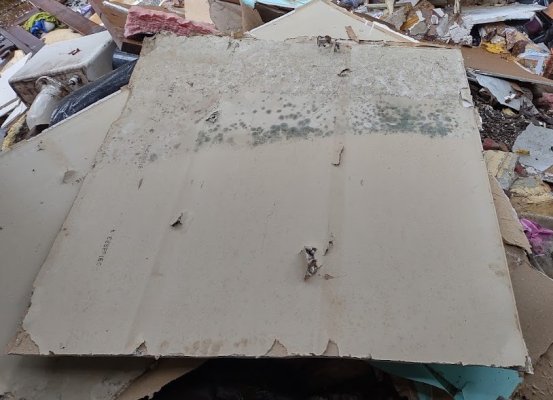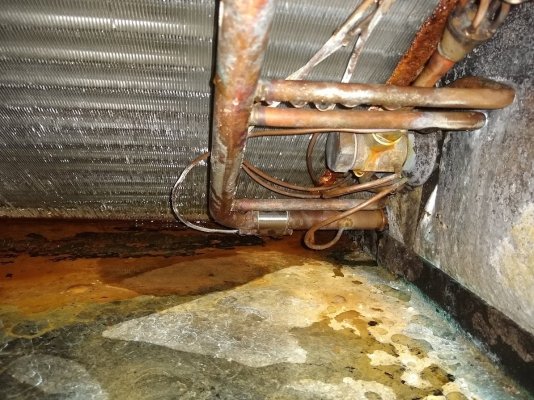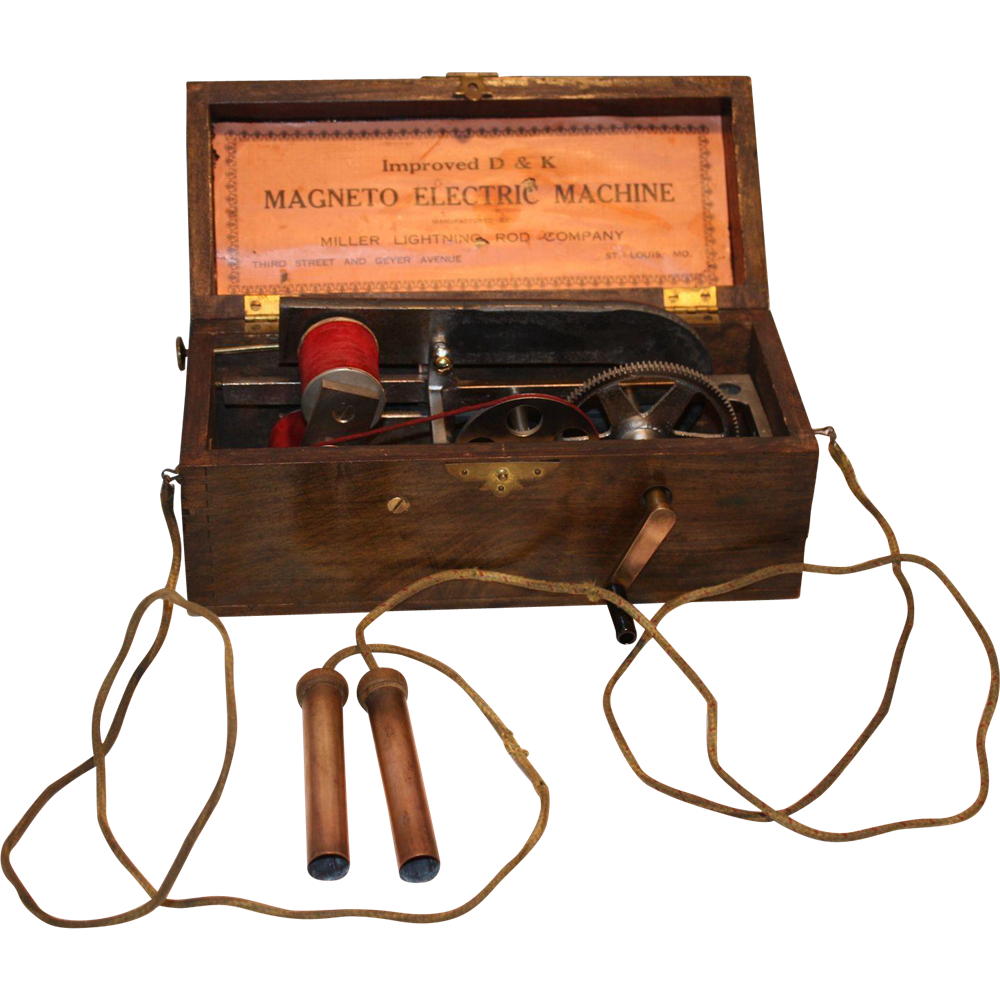- Joined
- Jul 18, 2010
- Messages
- 7,963
I searched the forums for prior posts on this topic and the only ones I found are from 2007-2008 so it seems a new thread is in order.
The HVAC tech who did the annual check this year recommended installing a UV light from Dustfree because of mold in/on the unit. It is 8 years old and the prior techs have never mentioned this before. (Our previous HVAC firm was bought out by a larger one recently.)
A quick web search didn't turn up a lot of information regarding pros/cons of doing this (other than the cost - about $1600).
Would appreciate any real-world experience with these systems. TIA.
The HVAC tech who did the annual check this year recommended installing a UV light from Dustfree because of mold in/on the unit. It is 8 years old and the prior techs have never mentioned this before. (Our previous HVAC firm was bought out by a larger one recently.)
A quick web search didn't turn up a lot of information regarding pros/cons of doing this (other than the cost - about $1600).
Would appreciate any real-world experience with these systems. TIA.



